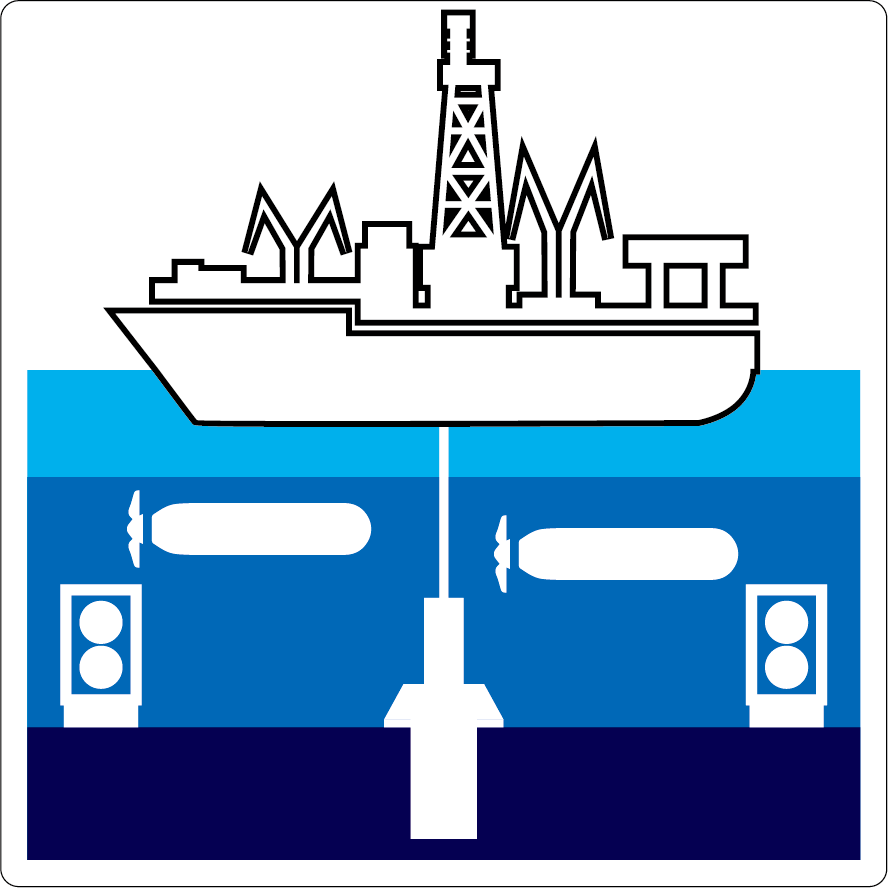Overview
To realize the vision of Society 5.0 and a carbon neutral society, it is necessary to make sustainable efforts for developing marine mineral resources that support sustainable development goals (SDGs), and conserving the marine environment. This will enhance Japan's maritime security and international presence.

Missions
1. Study of the domestic rare earth supply chain
To contribute to a stable supply of Rare Earth Element, we are scheduled to complete demonstration experiments for survey, mining, dressing, smelting and refining of REE using off Minamitorishima rare earth sediments by the end of the final year. The mission helps accelerating efforts to develop rare earth supply chain, coexistent with the marine environment. Based on the revision of the Mining Act in 2023, we are aiming for collecting basic geological data, which is necessary to establish rare earth mine concession.
2. Development of monitoring system for a marine mineral resources development and wide-area marine environment
We are aiming for “visualize the Ocean” by collecting information at the deep sea, using new marine robotics technologies, and integrating stationary and mobile deep-sea observation networks. We will link “Edokko Mark-I”, AUVs and a deep-sea terminal through the Internet of Things (IoT), and complete an integrated marine environment monitoring system by the end of the final year. The integrated system can be used to observe rare earth sediment mining experiments and protected marine areas. After this program, the wide-area environment monitoring system will be used as marine industries' facilitate to expand marine resource exploration and environmental surveys.
3. Basic research on ocean basalt CCS
To achieve carbon neutrality by 2050, we will conduct basic research on carbon dioxide capture and storage (CCS) in oceanic basalts. More specifically, we are studying the geological structure of the Takuyo-Daigo Seamount in the EEZ around Minamitorishima, conducting laboratory experiments on the behavior of carbon dioxide in oceanic basalts, and technologies to ensure CO2 injection and fixation. Our final goal is to develop a conceptual design of ocean basalt CCS based on simulations, including maritime CO2 transport and offshore CO2 injection.

